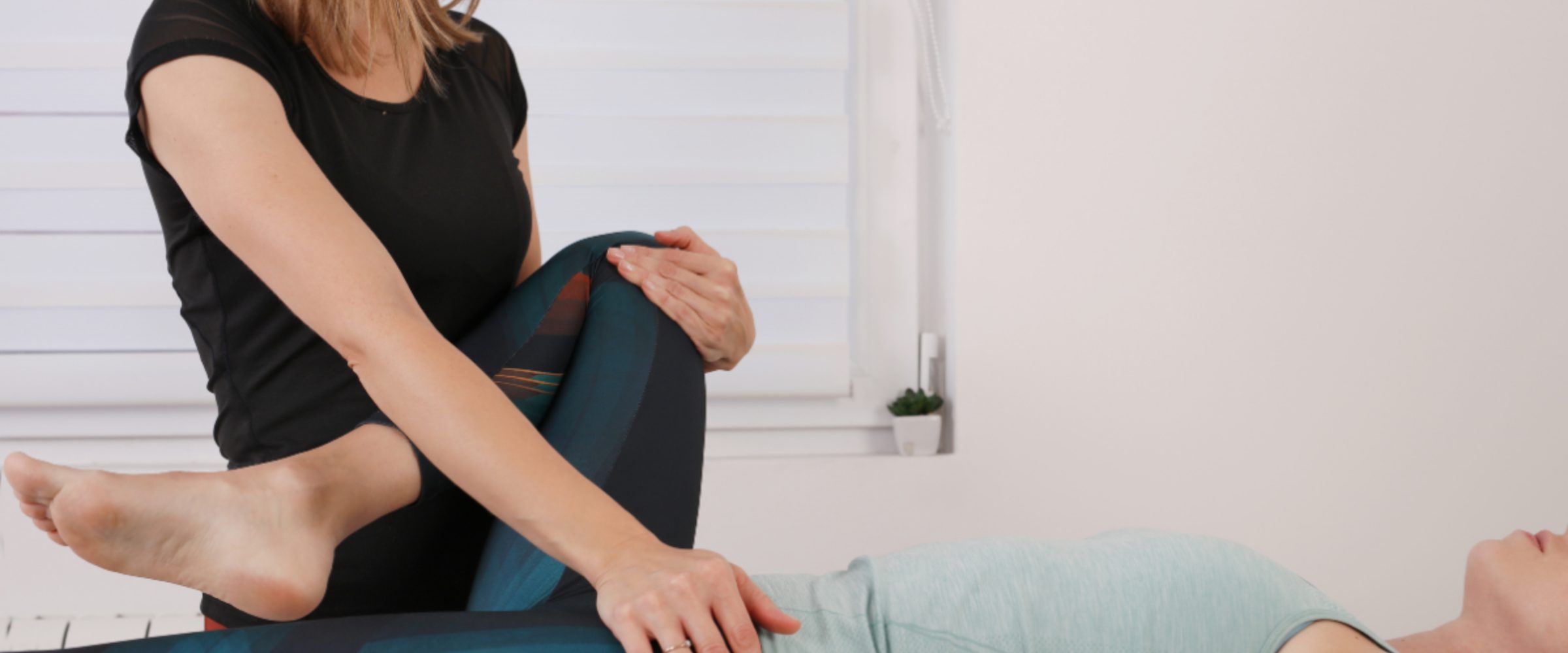
4 min|Dr. Jordan Dutton
Causes of Pelvic Floor Dysfunction
Pelvic RestorationPelvic floor dysfunction is a common condition that affects millions of people (men and women) worldwide.
As a naturopathic doctor, I believe in taking a holistic approach to healthcare, which means treating the whole person rather than just the symptoms. In this blog post, I will explain what pelvic floor dysfunction is, its causes and symptoms, and how to manage and treat it.What is the function of the pelvic floor?
- Acts as a sump pump. Blood and lymph flow between the upper and lower body
- Supports pelvic organs (bladder, urethra, intestines, rectum, anus, uterus, cervix, vagina, ovaries)
- Sphincteric control for bowel and bladder functions
- Stabilization of hips and trunk for walking and movement
- Sexual health and function
What is Pelvic Floor Dysfunction?
The pelvic floor is a group of muscles that support the bladder, uterus and rectum in women, and the bladder and rectum in men. Pelvic floor dysfunction occurs when these muscles weaken or become too tight, leading to urinary or fecal incontinence, constipation, or pain during sexual intercourse.Causes and Symptoms of Pelvic Floor Dysfunction
There are several causes of pelvic floor dysfunction, including:
- Pregnancy and childbirth
- Hypertonicity
- Menopause
- Stress
- Aging
- Obesity
- Trauma and physical injury
- Chronic constipation
- Medical conditions such as: IBS, lichen sclerosus, interstitial cystitis, vulvar dermatoses, endometriosis, PCOS, and more!
- Pelvic surgery
Symptoms of pelvic floor dysfunction may include:
- Urinary or fecal incontinence
- Overactive bladder
- Difficulty urinating or having a bowel movement
- Pain or discomfort during sexual intercourse (vaginismus)
- Chronic pelvic pain
- Lower back, tailbone, and hip pain
- Pain or discomfort in the genital area (vulvodynia)
- Pelvic organ prolapse (pelvic organs drop down from normal position into the pelvis due to weakened or damaged pelvic muscles)
- Difficulty with orgasm
- Menstrual cramps
- Haemorrhoids
- Vaginal or anal fissures
If you held your arm up all day to 90 degrees, it would be tight and sore to touch, but not necessarily stronger. This is much like the pelvic floor. If it's tight, it will more likely be sore and if you hold it up all day, it's going to hurt! Similarly, if your pelvic floor is already contracted, how is it supposed to contract to stop the flow of urine? And if it's already contracted, how is it supposed to relax to allow easy passage of bowel movements?

Naturopathic Treatment for Pelvic Floor Dysfunction
Pelvic floor dysfunction can be a challenging condition to manage, as it can cause a range of uncomfortable and often embarrassing symptoms, including urinary and fecal incontinence, constipation, and pain during sex. However, there are several treatments available that can help manage and alleviate pelvic floor dysfunction symptoms. In this post, we will explore some of the most effective treatments for pelvic floor dysfunction.1. Pelvic Floor Physical Therapy
Pelvic floor physical therapy involves working with a trained therapist to strengthen and retrain the pelvic floor muscles. Find a trained therapist who can help with myofascial release and strengthening. This treatment can include exercises to improve muscle strength and coordination, as well as techniques to improve breathing and posture. Pelvic floor physical therapy is a highly effective treatment for PFD and can help patients regain control over their bladder and bowel function.2. Lifestyle Changes
Making lifestyle changes can also be helpful in managing pelvic floor dysfunction. This can include changes to diet such as increasing fibre intake to alleviate constipation, avoiding bladder irritants like caffeine and alcohol, and losing weight if necessary. Patients may also be advised to practise timed voiding, which involves scheduling regular bathroom breaks to avoid overfilling the bladder.3. Stress Management
Stress can exacerbate pelvic floor dysfunction symptoms, so stress management techniques, such as deep breathing exercises, meditation, or yoga, may be helpful in managing the condition.Pelvic floor dysfunction is a common condition that can have a significant impact on a person's quality of life. As a Naturopathic Doctor, I believe that a holistic approach to healthcare that addresses the root cause of the problem is the most effective way to manage and treat pelvic floor dysfunction. By identifying the underlying cause and using natural and non-invasive treatments, such as pelvic floor exercises, dietary changes, herbal medicine, acupuncture, and stress management techniques, it is possible to help alleviate pelvic floor dysfunction symptoms and improve overall health and well-being.
If you’re looking for relief of pelvic floor dysfunction symptoms, book an appointment with Dr. Jordan Dutton for a consultation.
Related Articles

4 min|Dr. Alex Chan
EBOO for Chronic Inflammation: A Natural Approach for Systemic Relief
Regenerative Medicine, EBOO Therapy
4 min|Dr. Alex Chan
EBOO Therapy for Autoimmune Conditions: Exploring the Potential Benefits
Autoimmune Disease, Regenerative Medicine, EBOO Therapy



